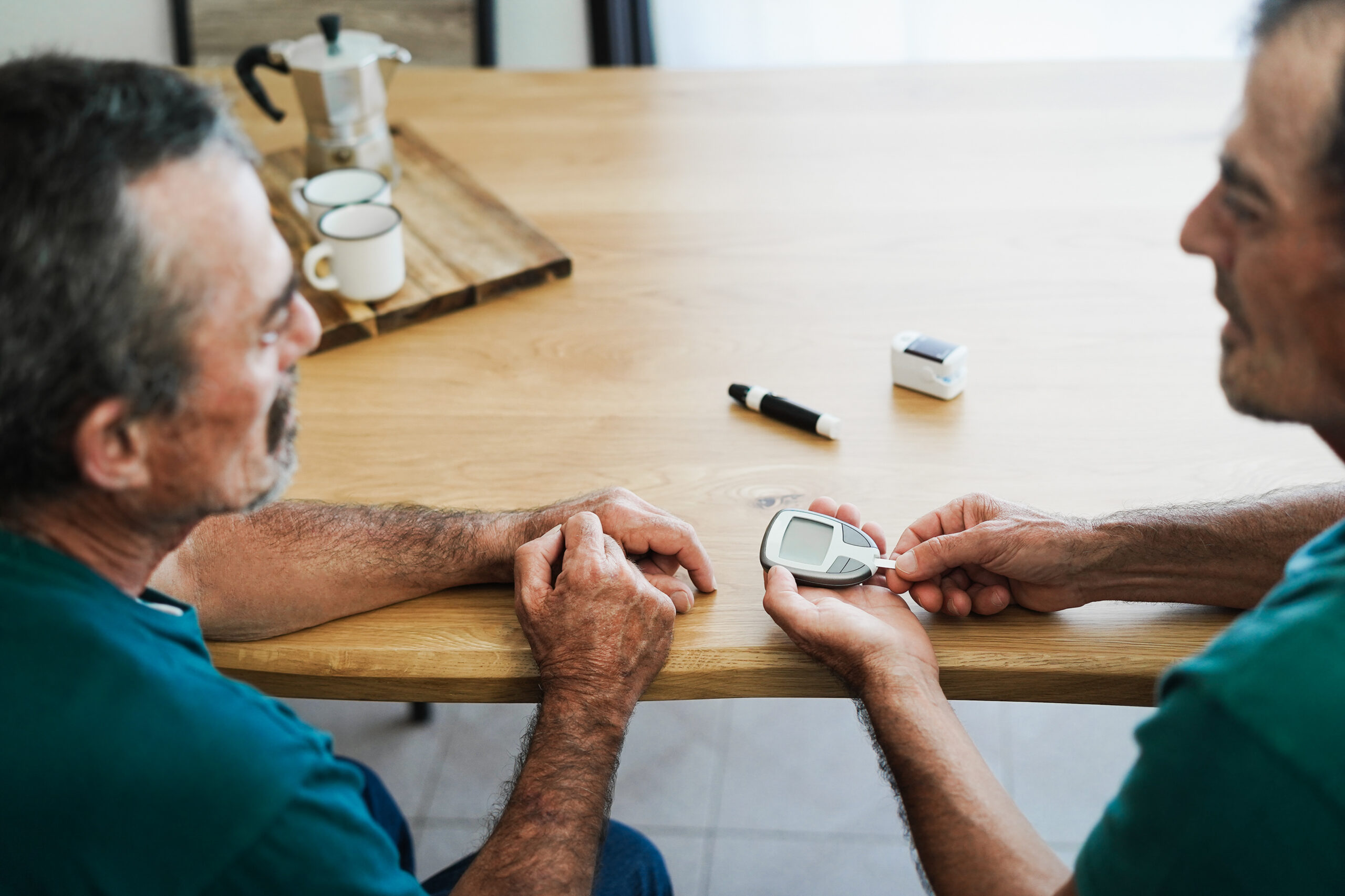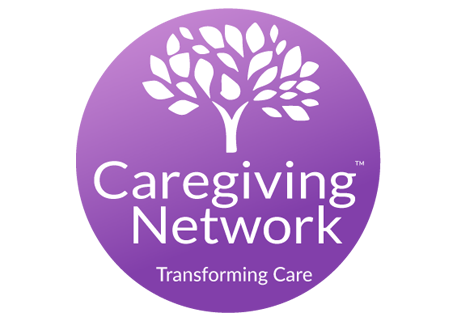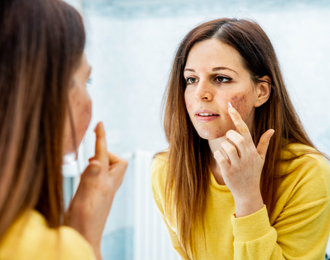Diabetes: A Caregiver’s Checklist for Daily Care

WebMD – Updated for October 2021
Author: Camille Peri
Helping someone take care of their diabetes doesn’t just make them feel better. It helps them avoid common diet, foot, and mouth problems. Use this checklist for top-notch daily care.
Daily Tasks for People with Diabetes
Most people with diabetes already have their own daily routines. Some don’t need any help at all — some need reminders and prompts. But if you’re a new caregiver or family member, these are good things for you to know.
- They are in charge of keeping their blood sugar levels healthy. They might already be keeping a daily record of their blood glucose readings, medicine schedule, exercise, meals, and how they feel. They might be working with their doctor to look for patterns from month to month and let their doctor know about them.
- When they want to exercise, note that they should wait an hour or so after eating, when blood sugar is likely higher. It’s always a good idea to pack glucose tablets or a carbohydrate snack, plenty of water, and a diabetes ID tag or card when they exercise away from home. They should also check their blood glucose before, during, and after exercise.
- Stress can affect their blood sugar. Some daily activities that might help them ease stress: walking, deep breathing exercises, gardening, meditation, listening to music, or working on a hobby.
If they have problems being able to do any of these things for themself — from monitoring blood sugar to taking medications — you might be able to help.
Grooming
- People with diabetes are more likely to have problems in their mouths — like gum disease, fungus, and dry mouth. That’s why mouth care is so important. They should brush with a soft-bristled brush after every meal, and floss at least once a day.
- Ingrown toenails can lead to infection and other problems. Caregivers or family members can help check toenails once a week for swelling or signs of infection. Toenails should be trimmed with a nail clipper straight across and then smoothed with an emery board. Don’t round off nail corners.
Bathing
- Mild soap and warm (not hot) baths or showers are best to prevent dry skin. Skip foot soaking, which can dry skin. Dry between toes. They should use a doctor-approved moisturizer — including on their feet, except between toes.
- A small thing like a callus or cut on the foot can lead to serious problems for anyone with diabetes. And if they have nerve damage from diabetes, they may not even feel a cut or sore. After a bath, they should do a daily skin check, especially of their feet. Give them a hand-held mirror, or look in the places they can’t see. Look for red spots, blisters, and sores.
- Gently smooth corns and calluses with a pumice stone or emery board, moving it in one direction only. Wash minor cuts with soap and water. Check each day to make sure they are healing.
Dressing
- Most people with diabetes know to take care of their feet. As a rule, They should not wear sandals or go barefoot — even when just walking around the house.
- A better bet: soft leather, lace-up shoes with cushioned soles for good support. Shoes and slippers should have closed toes. They should always wear socks that aren’t too tight, so they don’t hurt circulation.
- If shoes are new, they should wear them for 1 or 2 hours, and then check for cuts or blisters. Add a couple of hours and check for problems each day until they feel comfortable. If they get a blister, don’t pop it. Wash it with soap and water; then put on antibiotic cream. If it doesn’t heal in a few days, call their doctor.
Eating
- It’s important to keep their blood sugar levels as stable as possible. It’s better if they eat meals at the same time every day, with healthy snacks in between — or several smaller meals throughout the day. It’s not a good idea for them to skip food, because their blood glucose can drop.
- They should be following the meal plan their health care team helps create. These usually include portions of carbohydrates at every meal and snack or throughout the day.
- Drinking lots of fluids — like water and caffeine-free, sugar-free drinks — to keep their body and skin hydrated is a good thing.
If you are the one coordinating their meal and medicine schedules, ask their diabetes health team for advice.






